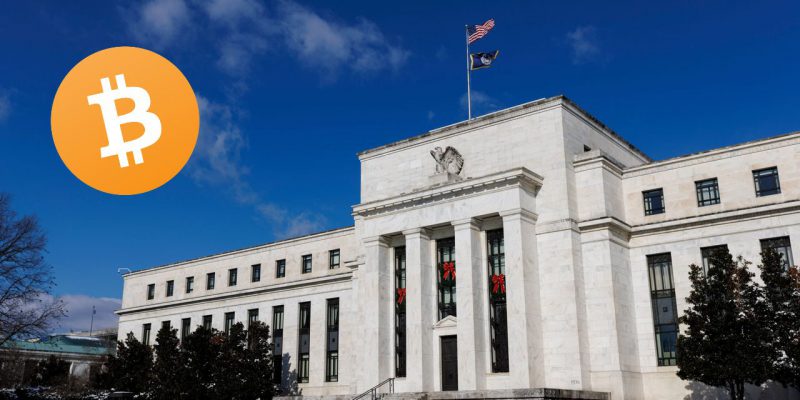The Federal Reserve of the United States is beginning the process of reducing its $9 trillion balance sheet, which has expanded in recent years, in a step known as quantitative tightening (QT). What will happen to the crypto markets after quantitative tightening kicks in and the Federal Reserve stops printing money?
For the next three months, the Fed intends to reduce its balance sheet by $47.5 billion per month. It intends to cut $95 billion from its budget in September of this year. By the end of 2023, it hopes to have shrunk its balance sheet by $7.6 trillion.
Analysts from a crypto exchange and a financial investing business disagree on whether QT, which begins on Wednesday, would bring a stop to a decade of unparalleled expansion in the crypto markets.
QT may be thought of as the polar opposite of quantitative easing (QE), or money printing, which the Fed has been doing since the outbreak of COVID-19 in 2020. More money is generated and dispersed under QE circumstances, while the Fed adds bonds and other government assets to its balance sheet.
QT, according to Pav Hundal, manager of the Australian crypto exchange Swyftx, might have a detrimental influence on markets. He said,
“It’s very possible thatyou might just see growth in market cap trimmed slightly […] The Fed is culling assets harder and faster than a lot of analysts had expected and it’s difficult to imagine that this won’t have some kind of impact on investor sentiment across markets.”
What does this mean for crypto?
Although Bitcoin, or crypto for that matter, has never been in a bull market while the Federal Reserve was tightening its monetary policy, market reactions to QT, according to deVere Group CEO Nigel Green, would be minor since “it’s already priced in.”
In a Tuesday tweet, crypto market expert Economiser stated that if individuals end up with more money in their wallets as a result of better salaries, “the crypto market might eventually profit” from QT.
While markets have recently experienced heightened volatility, Hundal believes Bitcoin (BTC) might profit since it is establishing its status as a bellwether asset. He pointed out that Bitcoin’s market share is now about 47%, up to eight percentage points from the start of 2022.





